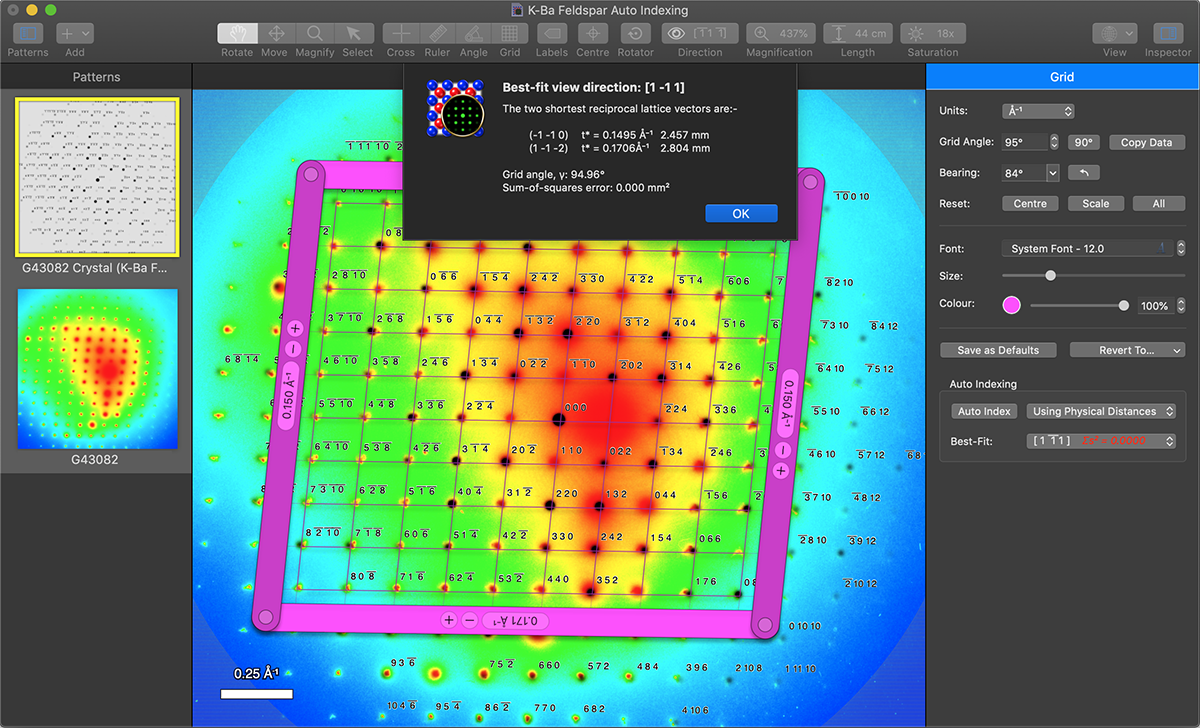
This pattern has a reciprocal Fourier transform relationship to the crystalline lattice and the unit cell in real space. Indices ( hkl) may be assigned to each reflection, indicating its position within the diffraction pattern. Typical mineral structures contain several thousand unique reflections, whose spatial arrangement is referred to as a diffraction pattern. Powder and single-crystal diffraction vary in instrumentation beyond this. A key component of all diffraction is the angle between the incident and diffracted rays. These X-rays are directed at the sample, and the diffracted rays are collected. By changing the geometry of the incident rays, the orientation of the centered crystal and the detector, all possible diffraction directions of the lattice should be attained.Īll diffraction methods are based on generation of X-rays in an X-ray tube. These diffracted X-rays are then detected, processed and counted. This law relates the wavelength of electromagnetic radiation to the diffraction angle and the lattice spacing in a crystalline sample. The interaction of the incident rays with the sample produces constructive interference (and a diffracted ray) when conditions satisfy Bragg's Law ( n λ=2 d sin θ). These X-rays are generated by a cathode ray tube, filtered to produce monochromatic radiation, collimated to concentrate, and directed toward the sample. X-ray diffraction is based on constructive interference of monochromatic X-rays and a crystalline sample. X-ray diffraction is now a common technique for the study of crystal structures and atomic spacing.
-3.jpg)

Max von Laue, in 1912, discovered that crystalline substances act as three-dimensional diffraction gratings for X-ray wavelengths similar to the spacing of planes in a crystal lattice.


 0 kommentar(er)
0 kommentar(er)
